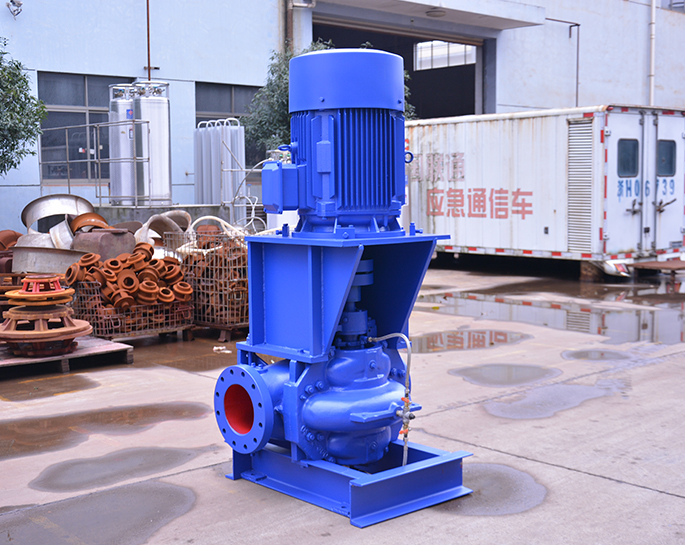Urban safety: The role of fire pumps in disaster prevention
Fire pumps play a critical role in urban safety and disaster prevention by ensuring a reliable source of water for firefighting and other emergency response operations. Here are some key points regarding the role of fire pumps in disaster prevention in urban areas:
-
Fire Suppression: Fire pumps are a vital component of fire protection systems in buildings, industrial facilities, and public spaces. In the event of a fire, they provide the necessary water pressure to operate fire sprinklers, hydrants, and hose reels, helping to suppress and control the fire until firefighters arrive.
-
Emergency Water Supply: In disasters like earthquakes, hurricanes, or other events that disrupt the municipal water supply, fire pumps can draw water from alternative sources such as reservoirs, rivers, or dedicated storage tanks. This ensures a continued water supply for firefighting and emergency response efforts.
-
High-Rise Buildings: In urban areas, high-rise buildings are common, and reaching fires on upper floors can be challenging for firefighters. Fire pumps are essential to maintain water pressure and flow rates in tall buildings, enabling fire hoses to reach all areas effectively.
-
Industrial and Hazardous Environments: Urban areas often house industrial facilities with potentially hazardous materials. Fire pumps are crucial in providing water for fire protection and mitigation of hazardous incidents, helping to prevent or minimize disasters related to chemical or industrial accidents.
-
Wildfires: Urban areas near wildland-urban interfaces can be at risk of wildfires. Fire pumps can be used to draw water from local sources to establish firebreaks and protect communities from advancing wildfires.
-
Sprinkler Systems: In commercial and residential buildings, fire pumps support automatic sprinkler systems. These systems can suppress or contain fires before they become uncontrollable, reducing the risk of widespread disaster.
-
Emergency Preparedness: Having reliable fire pump systems in place is a crucial aspect of urban disaster preparedness. Regular maintenance and testing of these systems ensure they are ready to respond effectively during emergencies.
-
Water Source Diversification: In densely populated urban areas, fire pumps can be linked to various water sources, including municipal water supplies, dedicated reservoirs, or even seawater in coastal areas. This diversification of water sources enhances the resilience of the fire protection system.
-
Regulations and Standards: Fire pump systems are subject to strict regulations and standards, which are designed to ensure their reliability and effectiveness in disaster prevention. Compliance with these regulations is crucial for urban safety.
-
Training and Coordination: Urban disaster prevention requires coordination among various agencies, including fire departments, emergency management, and building owners. Proper training and collaboration are necessary to make the most of fire pump systems during disasters.
In summary, fire pumps are an essential component of urban safety and disaster prevention, providing the means to combat fires, protect property, and save lives. Ensuring the proper design, installation, maintenance, and use of fire pump systems is vital for safeguarding urban areas from various types of disasters.







